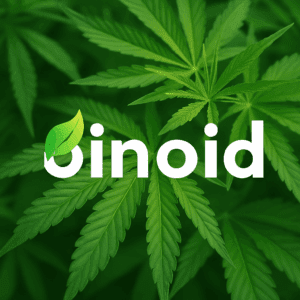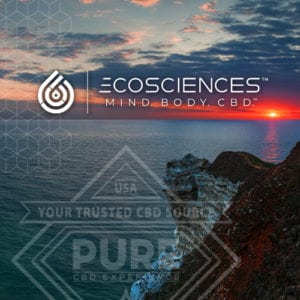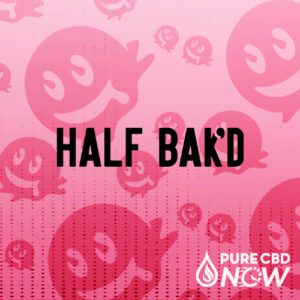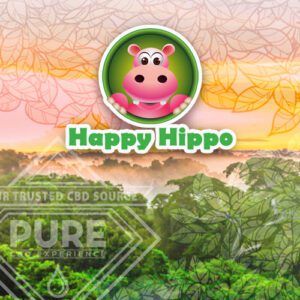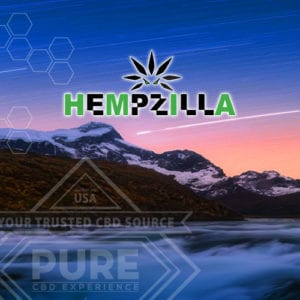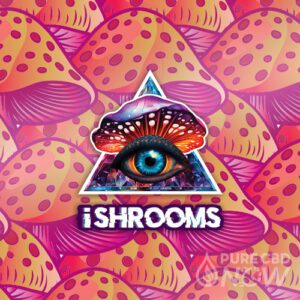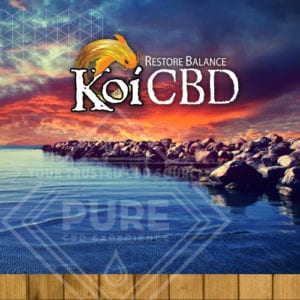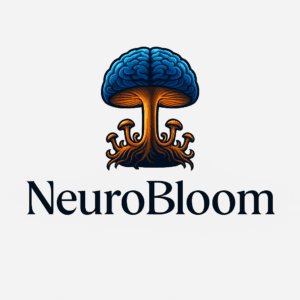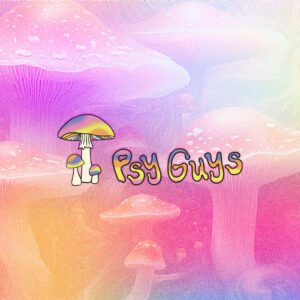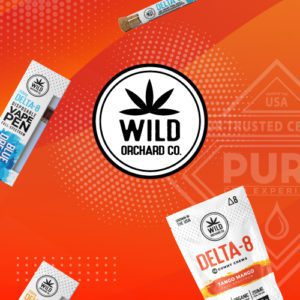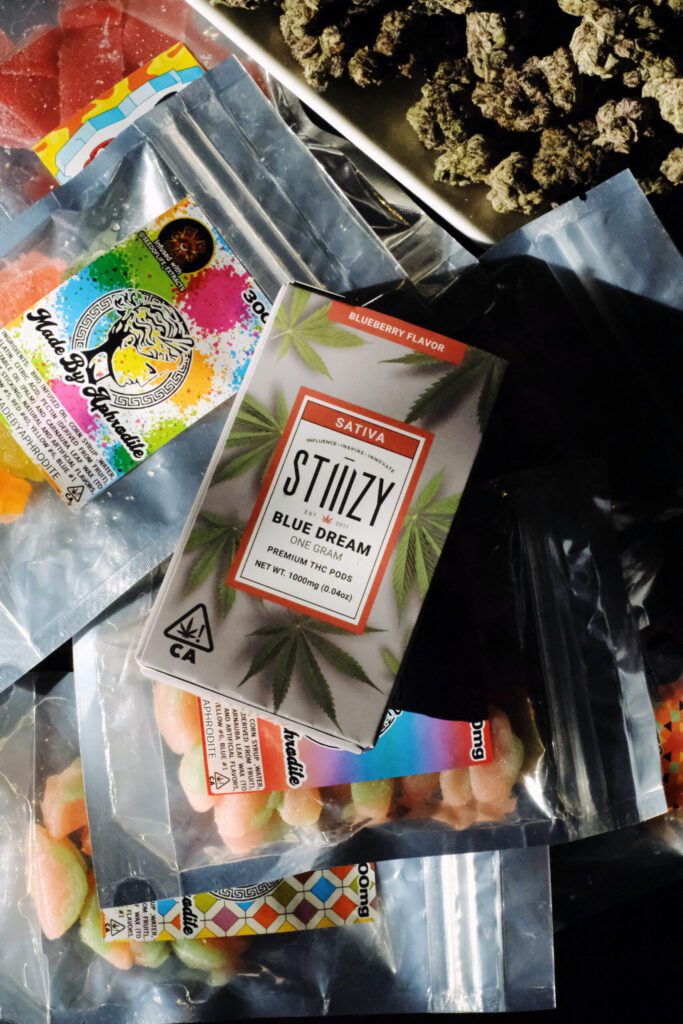Definition: Kratom and CBD are two distinct herbal substances often compared for their therapeutic benefits, but they have different origins, mechanisms of action, and effects on the body.
Science Behind It:
- CBD is derived from the hemp plant and works through the endocannabinoid system (ECS), interacting with cannabinoid receptors1 to regulate homeostasis, reduce inflammation, and manage chronic pain, anxiety, and insomnia.
- Kratom, from the Mitragyna speciosa tree, affects opioid receptors in the brain,2 providing acute pain relief, stimulating adrenergic receptors for alertness and focus, and offering potential benefits for opiate withdrawal symptoms.
Key Differences:
- Pain Relief: Kratom is superior for acute (short-term) pain, helping to ease it by potentially blocking pain signals through opioid receptors, while CBD is better for chronic (long-term) pain and inflammation.
- Energy And Focus: Kratom acts as a stimulant at lower doses, improving focus and concentration, whereas CBD has more subtle effects and is not as stimulating.
- Relaxation: CBD is generally a stronger relaxant, helping to ease anxiety and stress, while kratom can have soothing effects at higher doses.
- Safety And Dependence: CBD is less likely to cause dependence. Kratom, however, may be habit-forming.
Examples In Action:
- Individuals seeking long-term pain management and anti-inflammatory effects often prefer CBD.
- Those looking for a natural stimulant to enhance focus and productivity might opt for kratom in lower doses.
Fun Fact: Did you know Kratom and CBD come from entirely different plants? Kratom is made from the leaves of a tree native to Southeast Asia, while CBD is derived from hemp, a variety of the cannabis plant.
Key Takeaways:
- Kratom vs. CBD: Understand the fundamental differences between Kratom (a stimulant and opioid substitute) and CBD (a non-psychoactive compound for general wellness).
- Legal Status: Kratom’s legal status varies by state and country, whereas CBD is federally legal in the U.S. but subject to specific state regulations.
- Health Benefits: Kratom is primarily used for pain relief, energy, and opioid withdrawal, while CBD is popular for managing anxiety, inflammation, and sleep disorders.
Despite similarities in their ability to offer natural relief, these two substances come from different plants, work in distinct ways, and have unique bodily effects. Understanding the differences between Kratom and CBD can help you make an informed decision about which, if either, is right for you.
What Is Kratom?
Kratom, scientifically known as Mitragyna speciosa, is a tropical tree native to Southeast Asia. Its leaves contain compounds, primarily mitragynine, and 7-α-hydroxymitragynine, that can have psychotropic or mind-altering effects.
Traditionally, kratom leaves were chewed, brewed into tea, or used in cooking. Today, kratom is available in powder, capsule, and extract form and is used for its stimulant effects and as an opioid substitute by individuals seeking to reduce opioid withdrawal symptoms.
What Is CBD?
CBD, or cannabidiol, is a compound found primarily in the flowers and leaves of the hemp plant Cannabis sativa. Unlike its cousin THC (tetrahydrocannabinol), CBD is non-psychoactive, meaning it does not produce the “high” associated with cannabis use.
Key Differences Between Kratom And CBD
- Source: While Kratom comes from the leaves of the Mitragyna speciosa tree, CBD is derived from the hemp plant.
- Legal Status: CBD, derived from hemp with less than 0.3% THC, is federally legal in the United States under the 2018 Farm Bill. Kratom’s legal status, however, varies by state and is under increased scrutiny due to concerns about safety and potential abuse.
- Effects And Uses: Kratom is often used for its opioid-like effects, providing pain relief and euphoria, as well as potential assistance with opioid withdrawal. CBD is widely used for its potential to relieve anxiety, pain, and inflammation and is researched for its effect on a variety of health conditions without psychoactive effects.
How Kratom And CBD Work: A Look At Their Mechanisms
Here’s an insightful glance at the mechanisms behind Kratom and CBD, illuminating why they might be chosen for a variety of health-related concerns.
The Science Of Kratom
Kratom, a tropical evergreen tree native to Southeast Asia, is not a cannabinoid like CBD. Instead, its effects come from several alkaloids in its leaves, the most prominent being Mitragynine and 7-hydroxymitragynine. These compounds interact with opioid receptors in the brain, producing sedation, pleasure, and decreased pain when consumed in large amounts. In smaller doses, Kratom can act as a stimulant, offering users increased energy and alertness.
The Science Of CBD
CBD, or cannabidiol, is a naturally occurring compound found in the cannabis plant. Unlike THC, another well-known compound from the same plant, CBD does not produce psychoactive effects. Instead, CBD interacts with the body’s endocannabinoid system (ECS), a complex network of receptors (CB1 and CB2), and enzymes that regulate various physiological and cognitive processe,s including pain sensation, mood, memory, and appetite.
By influencing these receptors, especially CB2 receptors more prevalent in the peripheral nervous system, CBD can help moderate inflammation and alter pain perception, making it a popular choice for natural relief from chronic pain, anxiety, and several other conditions without the intoxicating effects of THC.
A Comparative Understanding
The primary difference in the mechanisms of Kratom and CBD lies in their respective interactions within the body. Kratom acts more like an opioid, directly binding to opioid receptors and producing effects that can closely mimic opioid drugs. In contrast, CBD’s interaction with the ECS offers a more nuanced modulation of various bodily functions without direct binding to opioid receptors, which translates to a lower risk of dependency and generally fewer side effects.
Uses And Applications: What Kratom And CBD Are Commonly Used For
Exploring the unique aspects of Kratom vs. CBD opens a window into how these natural products fit into modern wellness routines. While both have garnered attention for their potential health benefits, it’s essential to understand their applications and how they might serve you.
Kratom: Traditional Roots And Modern Uses
Kratom, derived from the leaves of the Mitragyna speciosa tree found in Southeast Asia, has a long history of traditional use by indigenous peoples. In recent years, it has made its way into the global market, where it is sought after for various reasons:
- Pain Management: Users often turn to Kratom for its potential analgesic properties, especially those dealing with chronic pain.
- Mood Enhancement: Kratom is sometimes used for its mood-lifting effects, which can range from generating feelings of euphoria to combating symptoms of anxiety and depression.
- Energy And Focus: Certain strains of Kratom are popular among users seeking to enhance energy levels and improve focus, similar to the effects of caffeine without jitteriness.
- Opioid Withdrawal Relief: Some individuals use Kratom as a means to alleviate withdrawal symptoms associated with opioid addiction due to its action on opioid receptors.3
CBD: A Versatile Addition To Wellness Routines
CBD, or cannabidiol, is a compound extracted from cannabis and hemp plants, known for its health and wellness benefits without the psychoactive effects associated with THC. Its uses span a wide array of applications:
- Stress And Anxiety Relief: CBD has been widely recognized for its potential to reduce stress and anxiety, making it a popular choice for individuals looking for natural management options.
- Pain and Inflammation: Similar to Kratom, CBD is also sought after for its potential to alleviate pain and inflammation, offering a natural alternative to traditional painkillers.
- Sleep Aid: Many people turn to CBD to improve sleep quality, thanks to its calming effects on the nervous system.
- General Wellness: Beyond specific ailments, CBD is integrated into daily routines for its overall wellness benefits, promoting homeostasis and supporting immune function.
Safety And Side Effects: Kratom vs. CBD
Below, we compare the safety and potential side effects of Kratom and CBD.
Kratom Safety And Side Effects
Kratom safety is often debated due to the lack of comprehensive regulatory oversight and standardization. The main concerns with Kratom usage include potential dependency, withdrawal symptoms, and a risk of toxic effects at high doses.
Common side effects reported include nausea, itching, dry mouth, and increased urination. In severe cases, it can lead to symptoms such as seizures, liver damage, or psychosis.4 Due to these risks, Kratom is regulated or banned in some countries and states.
CBD Safety And Side Effects
On the other hand, CBD (Cannabidiol) is known for its wider acceptance and safety profile. Extracted from the hemp plant, a cousin of the marijuana plant, CBD does not produce the “high” associated with THC. It has been recognized for its potential to relieve pain, reduce anxiety and depression, and aid in sleep disorders, among other health benefits.
The World Health Organization (WHO) notes that CBD is generally well tolerated and has a good safety profile. Side effects are rare but may include fatigue, diarrhea, and changes in appetite and weight. Unlike Kratom, CBD is legal in many parts of the world, subject to various regulations ensuring its safety and purity.
Legality Of Kratom vs. CBD: What You Need To Know
In this comparison, we’ll explore the legal status of Kratom and CBD, highlighting key differences that could impact your decision to use either or both.
Kratom: Legal Status
The legality of Kratom is complex and varies from country to country and even from state to state within countries like the United States.
In The United States:
- State Laws: Kratom is legal in some U.S. states but banned or regulated in others. States where it’s currently illegal include Alabama, Arkansas, Indiana, Rhode Island, Vermont, Wisconsin, and most recently Kentucky. However, It remains legal in many states, such as Florida, California, and New York, with no federal restrictions.
- Federal Status: At the federal level, Kratom is not classified as a controlled substance, meaning it is legal to buy, sell, and use Kratom in states where it is not banned. However, the Drug Enforcement Administration (DEA) has considered classifying Kratom as a Schedule I substance, similar to opioids, though this has not yet occurred.
Outside The United States:
- International Status: Kratom is banned in several countries, including Australia, Denmark, Malaysia, and Thailand, due to concerns over safety and its potential for abuse. In other regions, Kratom remains legal, although its sale is often regulated.
CBD: Legal Status
CBD, derived from the hemp plant, has a more straightforward legal standing compared to Kratom. However, the legal status of CBD still varies depending on the form, source, and country.
Outside The United States:
- International Status: Globally, the legal status of CBD is generally more favorable. In the European Union, for example, CBD products containing less than 0.2% THC are legal, though regulations vary by country. Canada also legalized CBD as part of its comprehensive cannabis legalization laws. However, in certain countries like Australia and New Zealand, CBD remains tightly regulated, often requiring a prescription.
Kratom vs. CBD: Which Is Right For You?
The choice between Kratom and CBD depends on your specific needs and health goals.
- Choose Kratom If you are seeking more potent pain relief, especially for chronic pain opioid withdrawal, or if you need a burst of energy or focus. Keep in mind that Kratom should be used cautiously, especially due to the potential for dependence on prolonged use.
- Choose CBD If you are looking for a gentle, non-psychoactive option to manage anxiety, inflammation, or general pain relief. CBD is also beneficial for improving sleep and promoting overall wellness, and it comes with fewer risks of dependence.
It’s important to consult with a healthcare professional before deciding to use either Kratom or CBD, particularly if you are currently on medication or have a medical condition. Both substances have unique benefits, but understanding their differences and how they affect your body will help you make an informed decision that aligns with your wellness goals.
Read Also:
- CBD vs. Kratom Legality
- Best Kratom Strains: Top Varieties For Every Need
- Is Kratom Considered A Drug? Legal And Scientific Insights
Frequently Asked Questions About Kratom vs. CBD
Is Kratom safe to use?
Kratom, derived from the leaves of the Mitragyna speciosa tree found in Southeast Asia, has been utilized for centuries for its potential to alleviate pain, improve energy, and assist with opioid withdrawal symptoms. However, its safety is often debated. The FDA has not approved kratom for any medical use and has expressed concerns about its safety, including the risk of addiction or overdose. Its safety profile is less understood, and the lack of regulation can lead to variability in strength and purity. Users should proceed with caution and consult healthcare professionals.
Is CBD safe to use?
The World Health Organization considers CBD generally safe and has a good safety profile. Unlike THC, CBD is non-intoxicating, which means it won’t make you “high.” Most side effects are considered mild, such as fatigue, diarrhea, and changes in appetite. As with any supplement, consulting with a healthcare provider before starting CBD, especially for those with pre-existing health conditions or who are taking other medications, is advisable.
Can Kratom be addictive?
Yes, Kratom can be addictive. Although some use it to aid in opioid withdrawal, it acts on opioid receptors in the brain, potentially leading to dependence and addiction with prolonged use. Users may experience withdrawal symptoms when trying to quit, which can include muscle aches, irritability, aggression, or emotional changes.
Is CBD considered addictive?
Current research indicates that CBD is not addictive. Studies suggest that CBD does not cause the same addictive effects as other substances because it doesn’t produce the euphoric “high” associated with THC or opioids.5
Does Kratom interact with other medications?
Kratom may interact with other medications, although comprehensive studies on its interactions are limited due to its current regulatory status. It’s known to act on the body’s opioid receptors, so it may interact with drugs that also affect these receptors, such as sedatives, pain medications, and some psychiatric drugs. Always consult a healthcare provider before combining kratom with any other medications.
Does CBD interact with other medications?
CBD can interact with various medications by affecting how the body metabolizes these substances. Notably, it may interfere with the efficacy of certain drugs, similar to grapefruit. Medications that come with a grapefruit warning often share this characteristic with CBD. Always discuss CBD use with a healthcare provider to avoid potential interactions.
Sources:
- Capodice, J. L., & Kaplan, S. A. (2021). The endocannabinoid system, cannabis, and cannabidiol: Implications in urology and men’s health. Current Urology, 15(2), 95–100. https://doi.org/10.1097/cu9.0000000000000023
- Nur, Ummi Kalthum Azlan, Mediani, A., Tong, X., Han, R., Ebtesam Al-Olayan, Syarul Nataqain Baharum, Hamidun Bunawan, Murni Nazira Sarian, Hamizah Shahirah Hamezah, & Ibrahim Jantan. (2024). An insight review on the neuropharmacological effects, mechanisms of action, pharmacokinetics and toxicity of mitragynine. Biomedicine & Pharmacotherapy, 171, 116134–116134. https://doi.org/10.1016/j.biopha.2024.116134
- Prevete, E., Hupli, A., Marrinan, S., Singh, D., Udine, B. D., Bersani, G., Kuypers, K. P. C., Ramaekers, J. G., & Corazza, O. (2021). Exploring the use of Kratom (Mitragyna speciosa) via the YouTube data tool: A novel netnographic analysis. Emerging Trends in Drugs, Addictions, and Health, 1, 100007. https://doi.org/10.1016/j.etdah.2021.100007
- Table – PMC. (2019). Nih.gov. https://pmc.ncbi.nlm.nih.gov/articles/PMC6590307/table/ajad12862-tbl-0002/
- Stella, N. (2023). THC and CBD: Similarities and differences between siblings. Neuron, 111(3). https://doi.org/10.1016/j.neuron.2022.12.022



